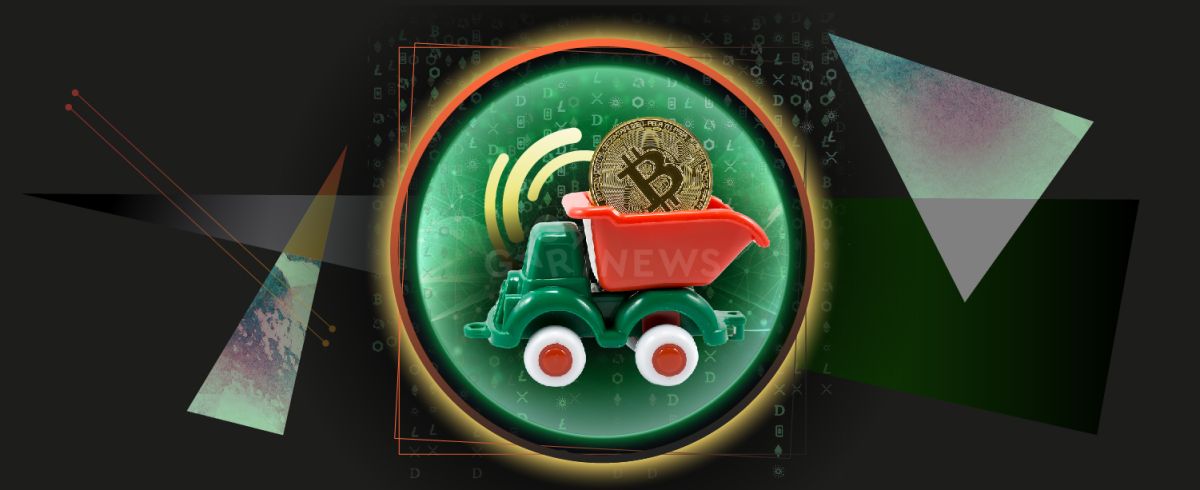Sidechains. Which is the most popular solution?

Sidechains are another solution to the blockchain trilemma that has become a pressing challenge for Bitcoin. This article will explain the concept of sidechains and review one of the most popular solutions.
On this page
A sidechain is another solution to the blockchain trilemma that, much like the Layer2 scaling solution, aims to speed up transactions by reducing the load on the Layer 1 (L1) blockchain. It's similar in procedure to delegating certain functions or powers from L1 to a “child” less-loaded network.
A sidechain is an independent private blockchain attached to a parent blockchain using a two-way peg. However, it can use its own consensus algorithm (different from L1), security system, and asset classes. If the L1 and the sidechain have different consensus algorithms, assets are exchanged and transferred through a cross-chain bridge.
Sidechains take a load off the L1, which reduces the risk of mempool overflows, and makes transactions faster and fees lower. The following algorithm is used to prevent transaction duplication in both blockchains: once assets reach the sidechain, they are blocked on L1, and all transactions are executed inside the sidechain. Upon backward transfer to L1, the data of the sidechain is synchronized with L1.
Let's take a look at one of the most famous and successful examples of a bitcoin sidechain.
Liquid Network
The Liquid Network was released by Blockstream at the end of 2015. It is a private blockchain with the BFT consensus algorithm, using a parent-child connection.
The Liquid Network decided not to issue its own token. Instead, it uses a synthetic asset Liquid Bitcoin (L-BTC), which is issued for each BTC transaction from L1 to the sidechain. The L-BTC supply is verifiably backed 1:1 with Bitcoins (like Stablecoins).
During a transaction, the assets first go to the sidechain address, where they are locked by members of what is known as a “Federation”, making it impossible to use them outside of it. The Liquid Federation is a group of 15 functionaries that act as trusted moderators between L1 and the sidechain.
The mechanism used to lock and unlock assets in the “parent” and “child” chains is called a two-way peg. The Federation ensures that all BTC in a sidechain corresponds to an equivalent amount of L-BTC locked in a swap wallet that acts as a bridge.
The Liquid Network uses a combination of hot and cold wallets to store assets, which improves security and reduces the waiting time for peg-out transactions. In order to reduce the risk of the peg-out process, developers decided that the bitcoins released by peg-out transaction should be stored in cold wallets, instead of going directly to a recipient’s wallet.
Since some Liquid functionaries represent crypto exchanges, BTC is transferred to one of the cold wallets of the exchange where the user is registered (if appropriate).
Transactions processed through the sidechain are not included in the chain at L1, so the fee here will be much lower (no more than $0.1). This, compared to the standard L1 fee, which ranges from $4 to $15+ per transaction, is a crazy discount.
In the Liquid Network, new blocks are confirmed in a minute, and the transaction time never exceeds a few seconds.
As you can see, with solutions like Lightning (L2) and the Liquid Network, Bitcoin is significantly strengthening its market position and is getting closer to solving the blockchain trilemma.
Advantages of Sidechains:
• Increased transaction speed. Sidechains increase scalability and L1 throughput, making transactions faster.
• A user-friendly platform for testing new releases, services, and tools. If the technology is new and has not yet been tested, all test transactions migrate to the sidechain, with L1 remaining idle and at no risk in case of failures, bugs, or vulnerabilities.
• To prevent double-spending, used coins are subject to additional control in the sidechain. Thus, its vulnerabilities cannot affect the parent blockchain.
• In case of a successful hacker attack on the sidechain which reveals certain code vulnerabilities, only the sidechain bears the risks, while the main L1 chain remains safe and continues to work as usual.
• Enhanced decentralization. With reduced dependence on L1 mempool, crypto holders spend less time on transactions.
Disadvantages of Sidechains:
• Poor security. Like L1, a sidechain needs a significant number of nodes to remain tamper-proof. Without sufficient capacity and support from miners/validators, the sidechain becomes vulnerable to attack.
• Weak decentralization. In most cases, the number of nodes is low and concentrated in the hands of a few teams, and its geographic footprint is not as wide as in L1.
The content on The Coinomist is for informational purposes only and should not be interpreted as financial advice. While we strive to provide accurate and up-to-date information, we do not guarantee the accuracy, completeness, or reliability of any content. Neither we accept liability for any errors or omissions in the information provided or for any financial losses incurred as a result of relying on this information. Actions based on this content are at your own risk. Always do your own research and consult a professional. See our Terms, Privacy Policy, and Disclaimers for more details.

























